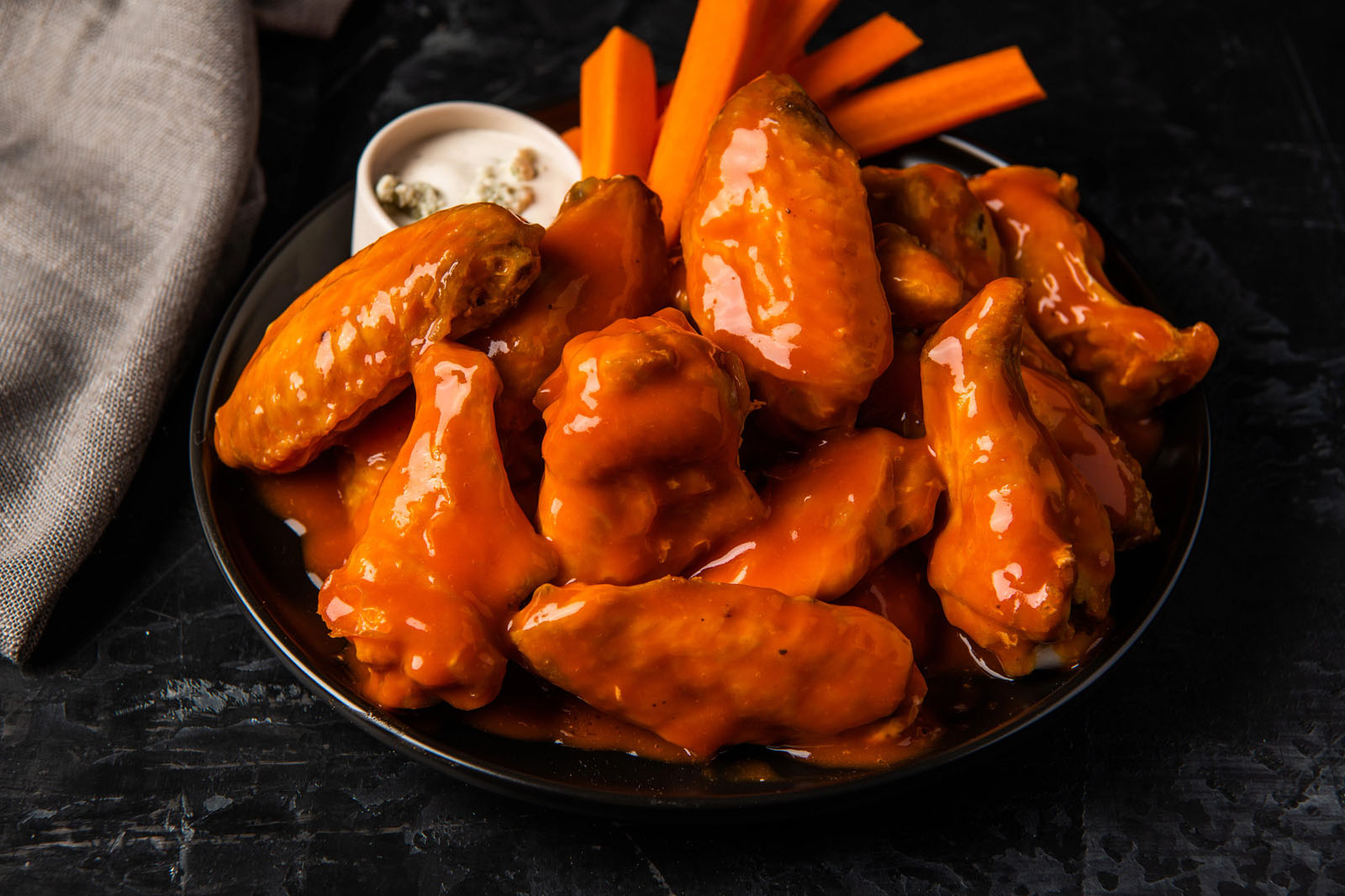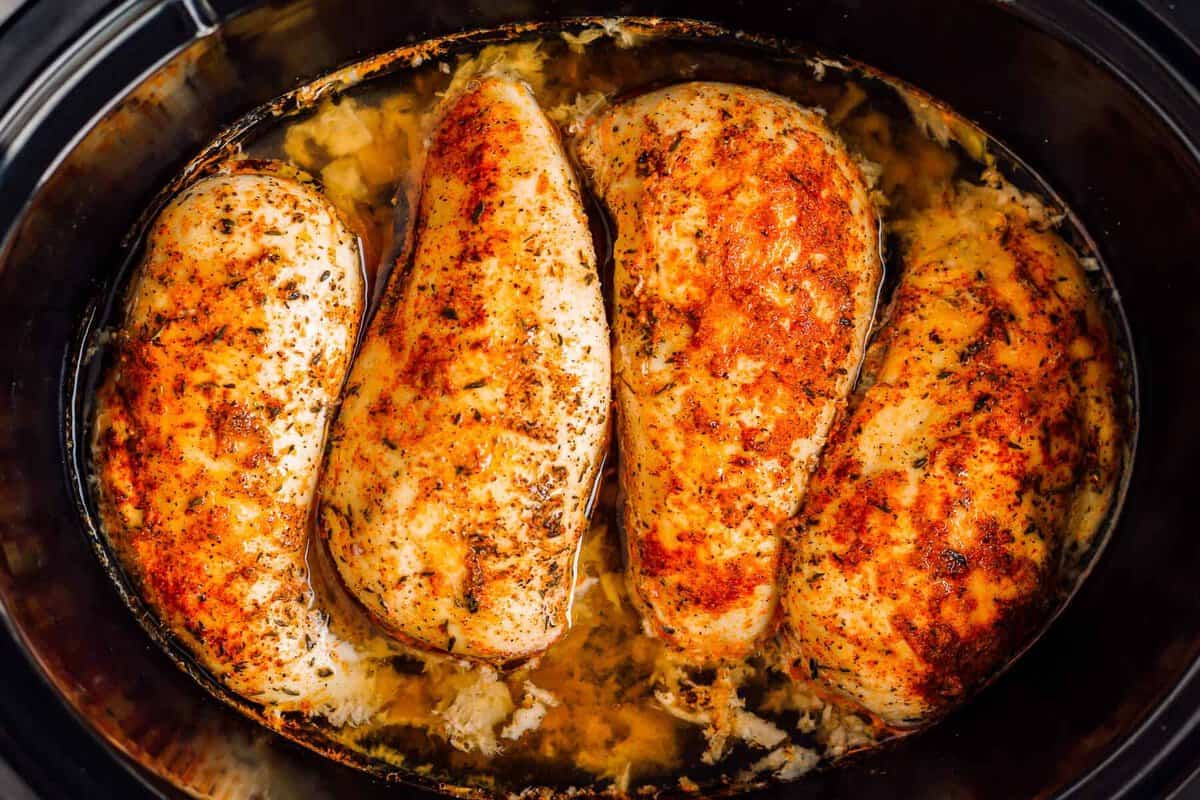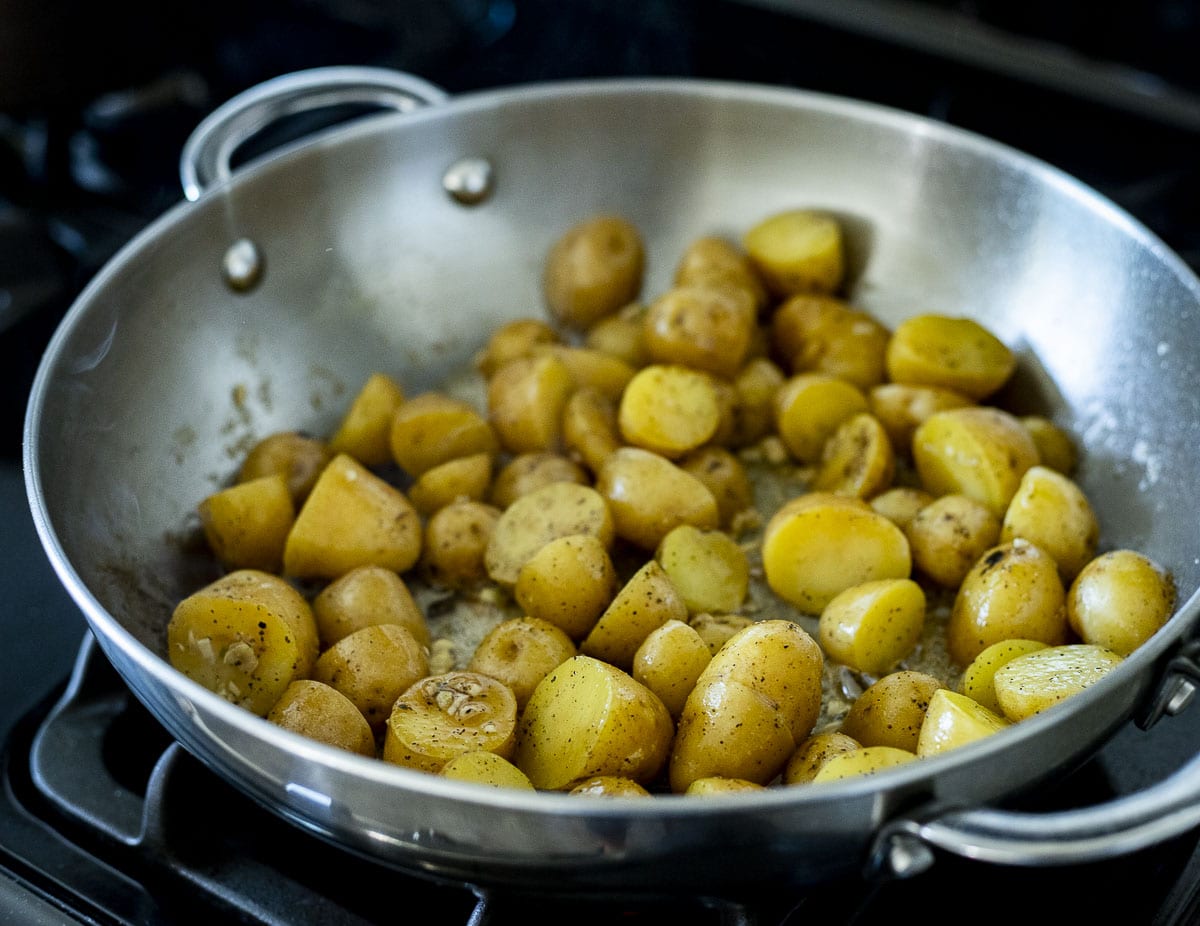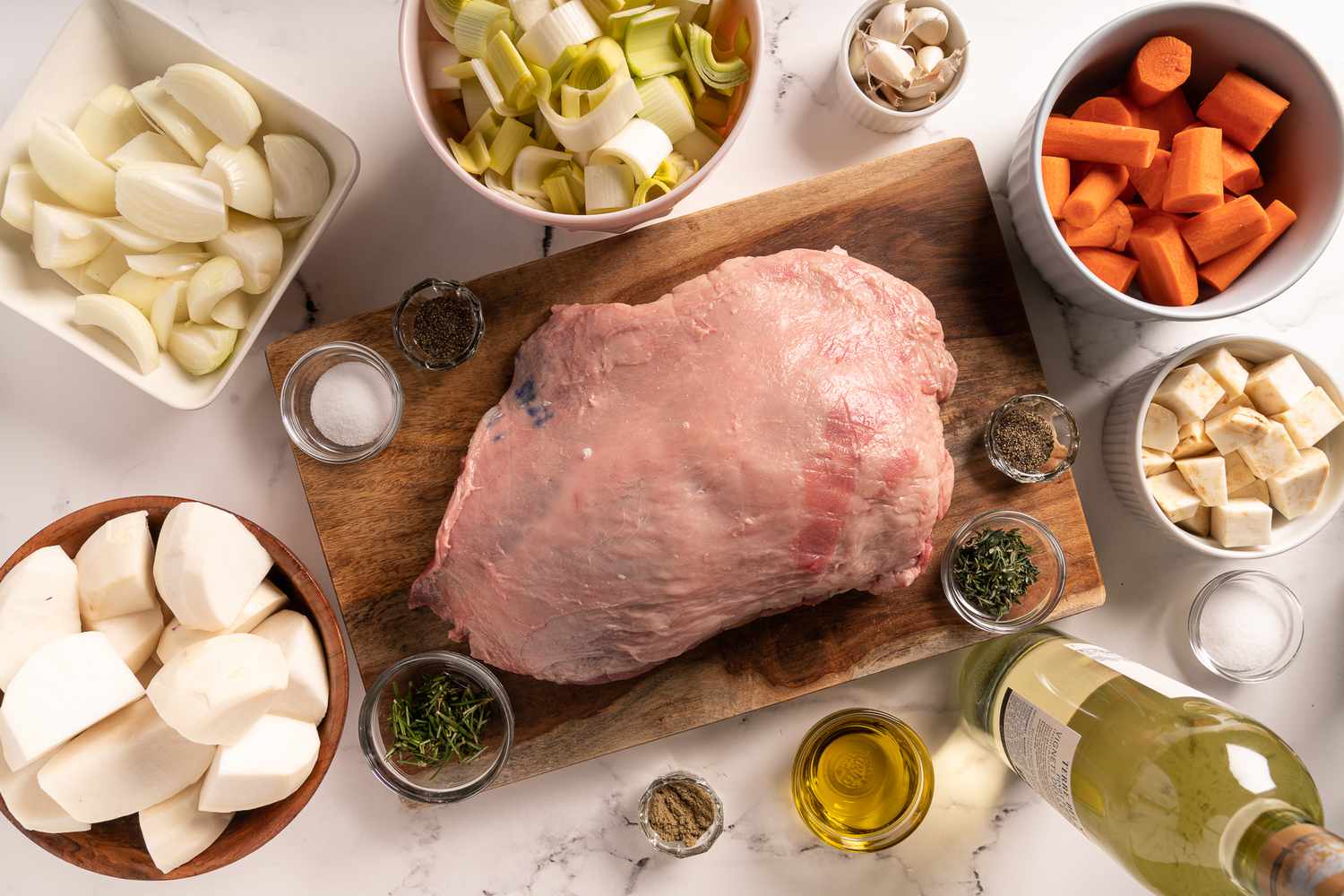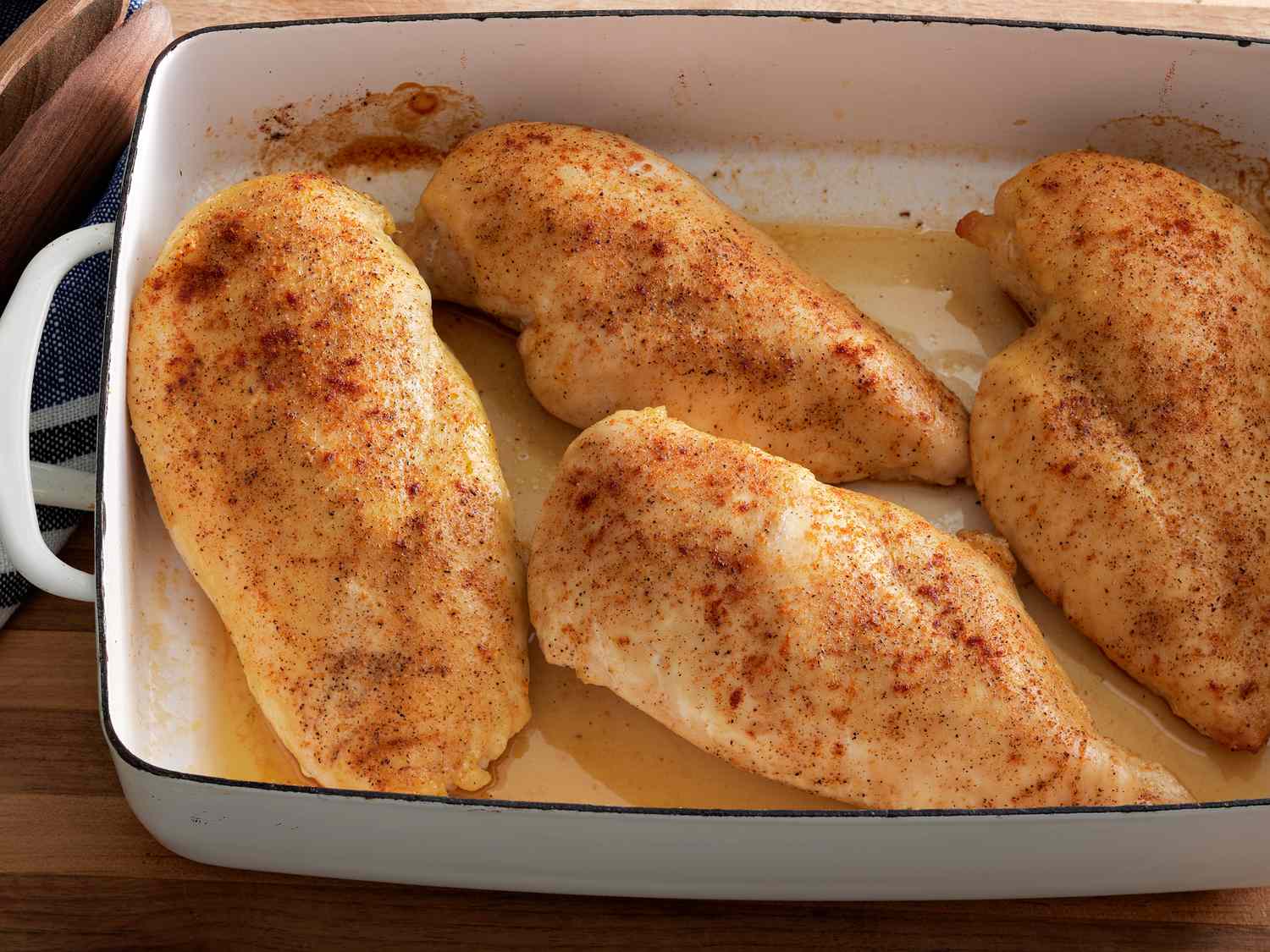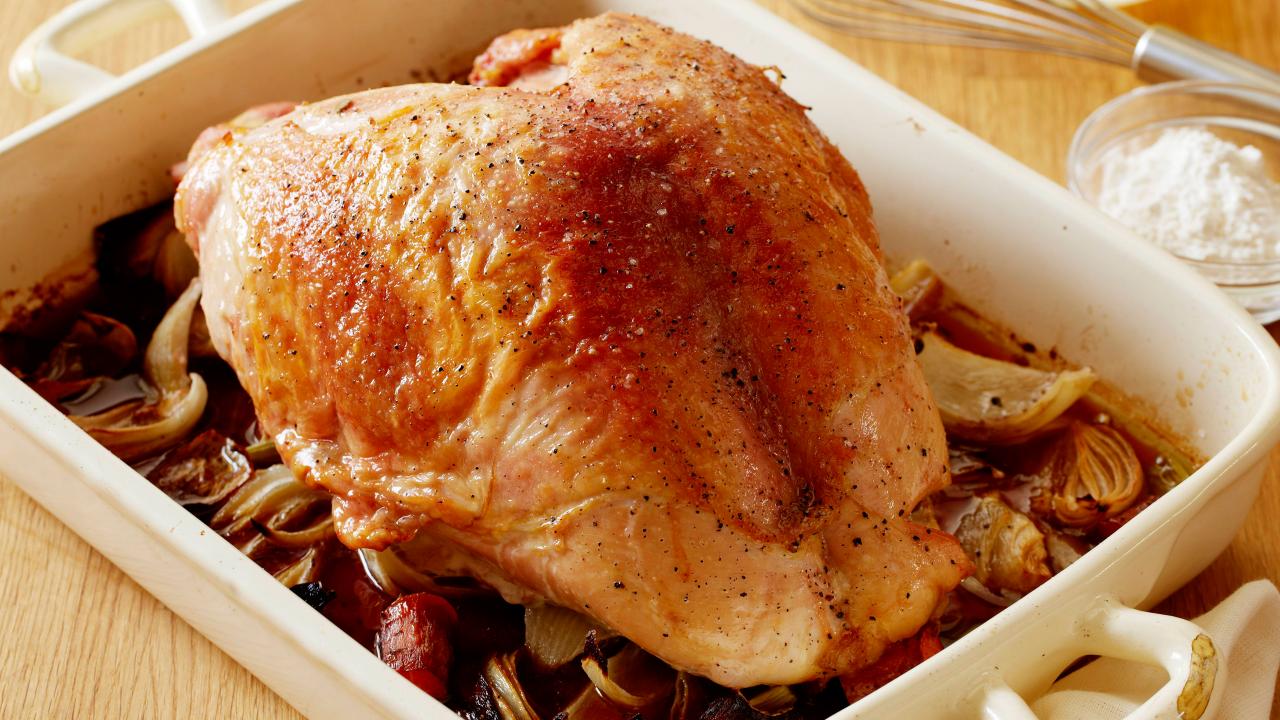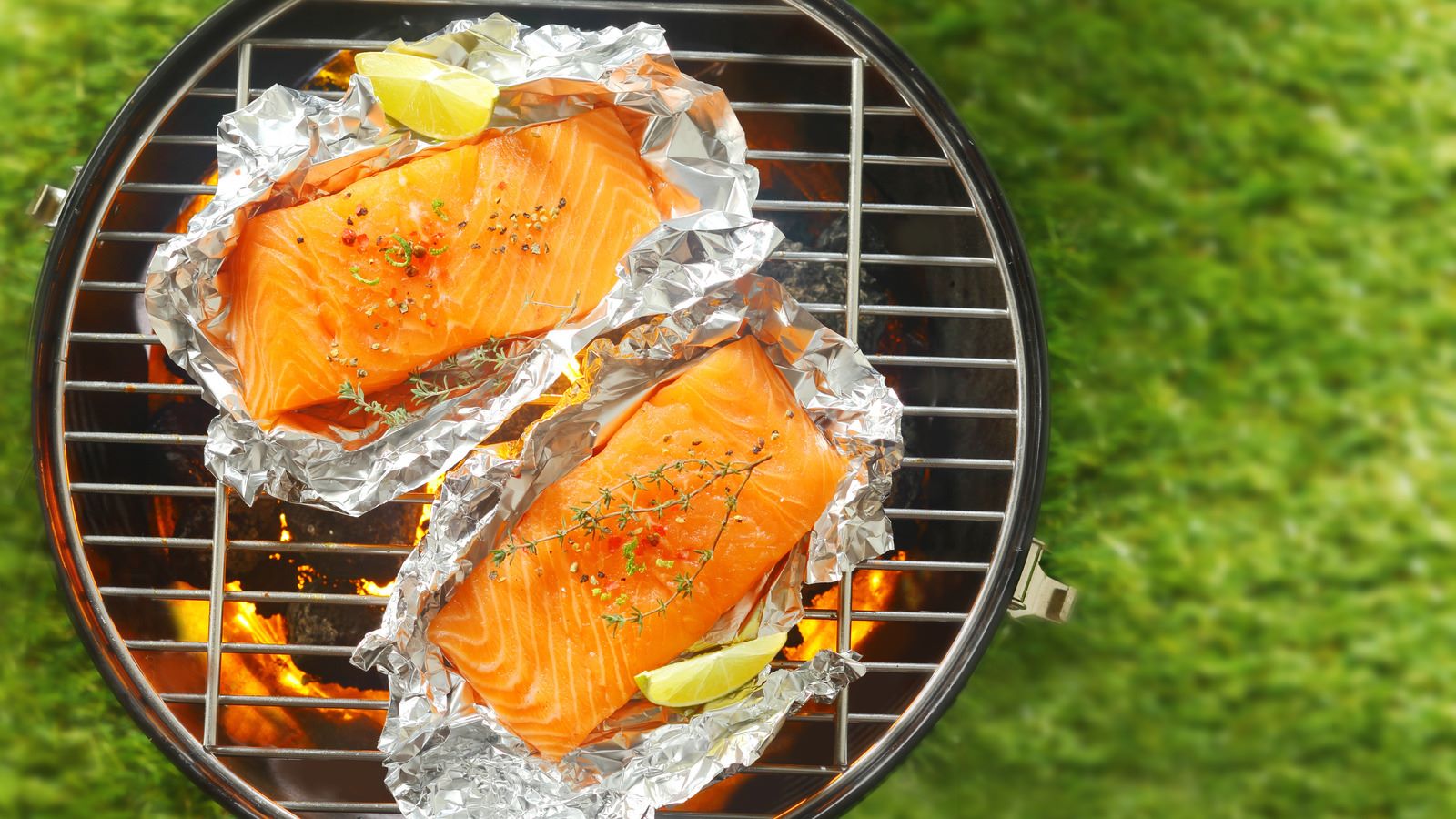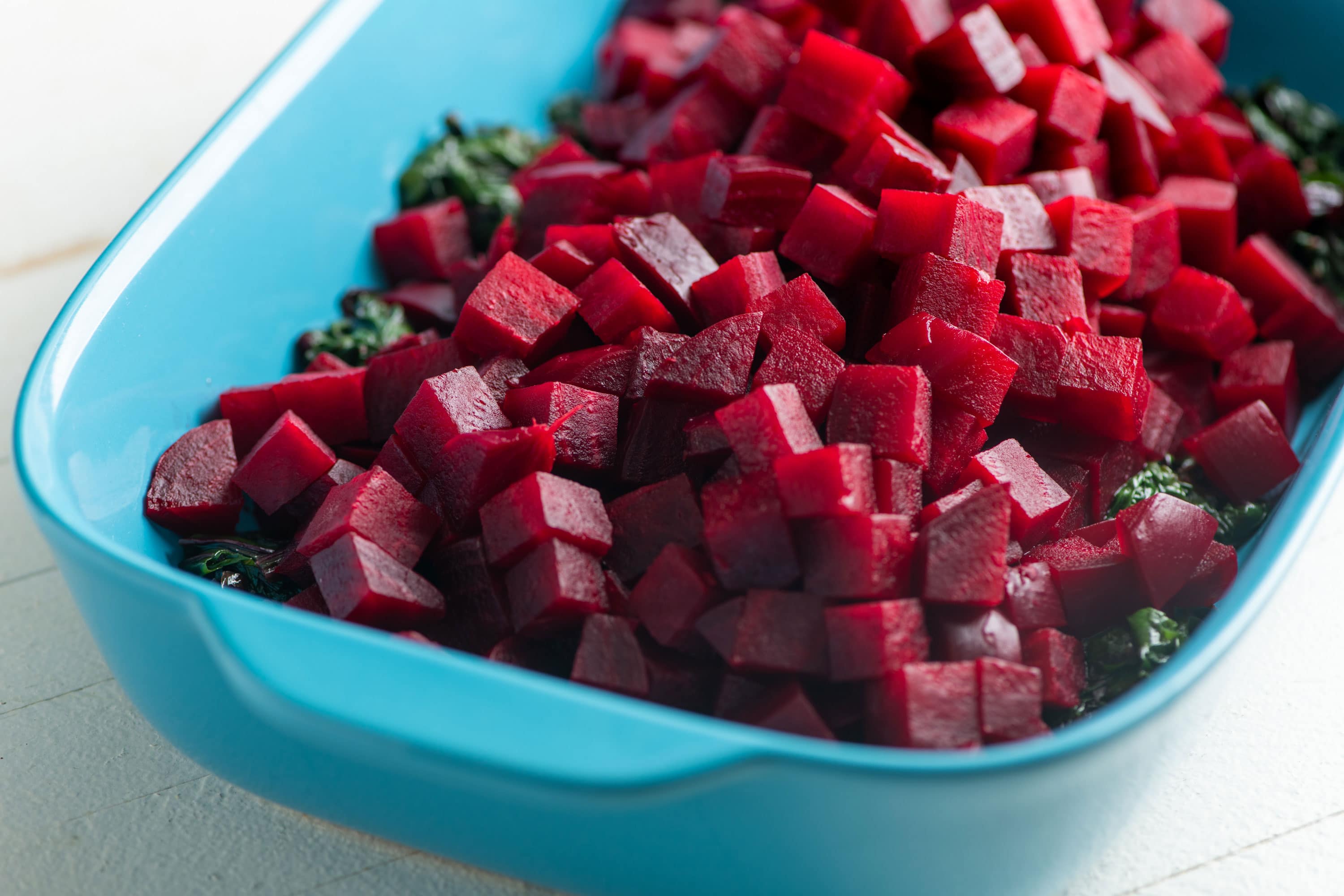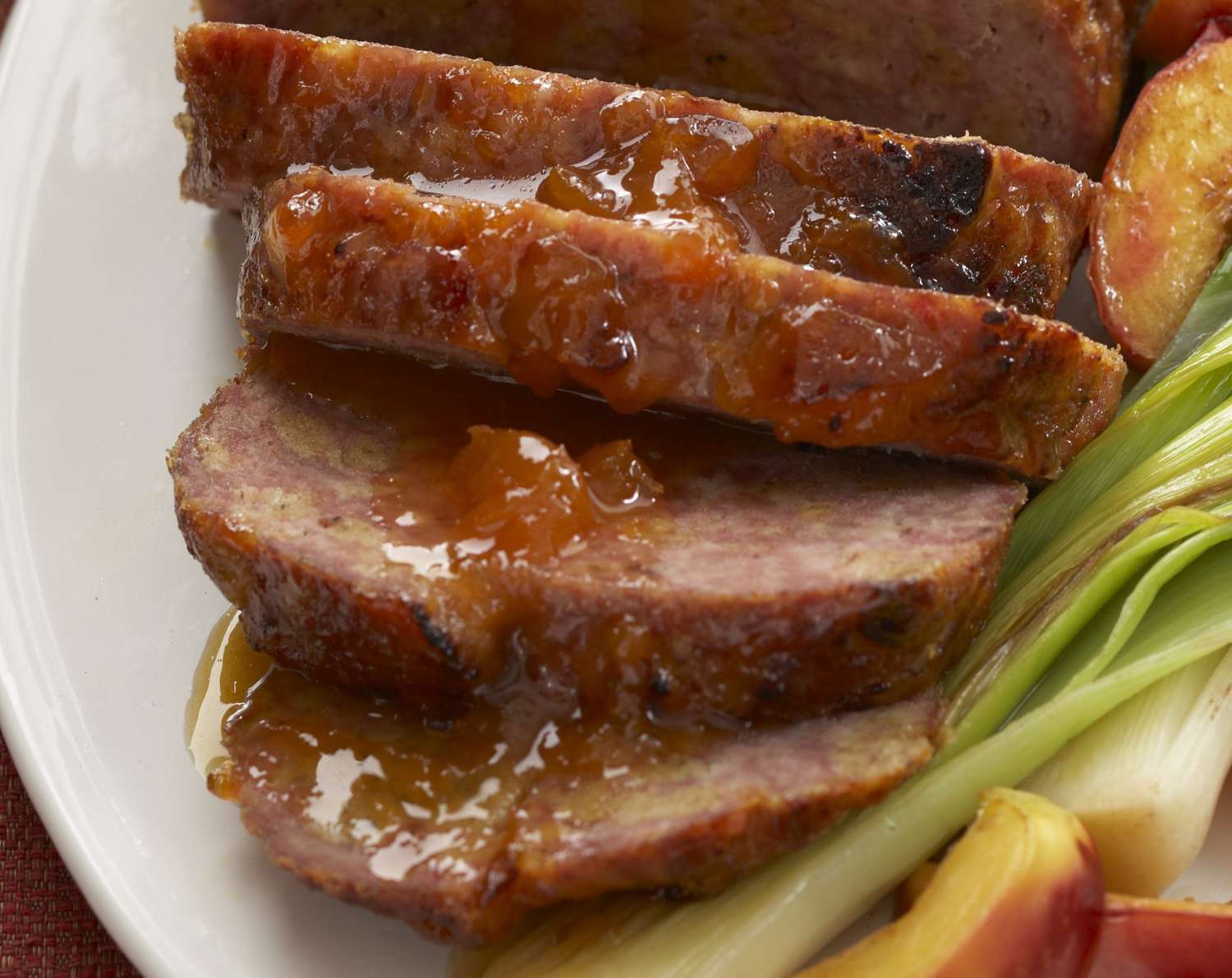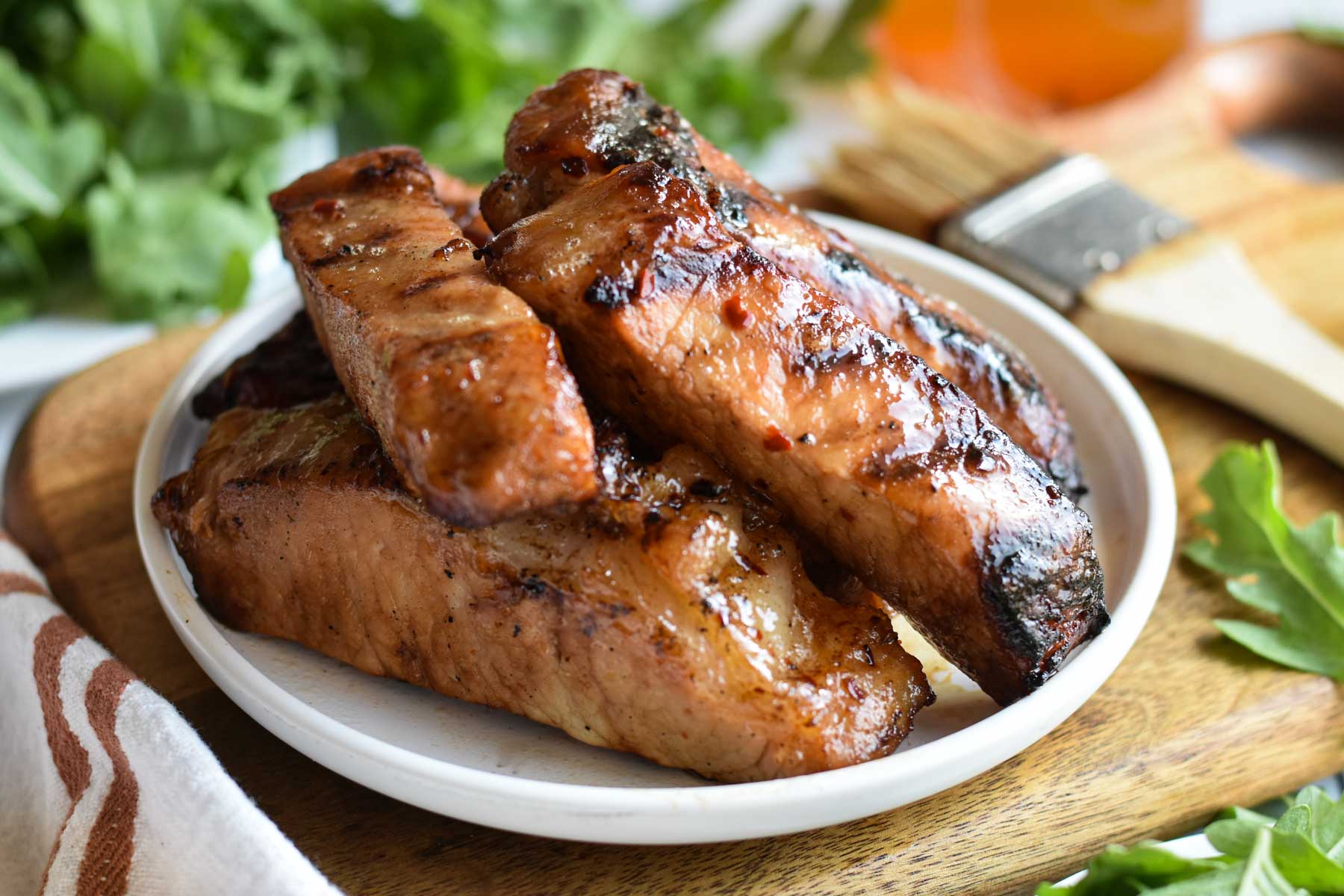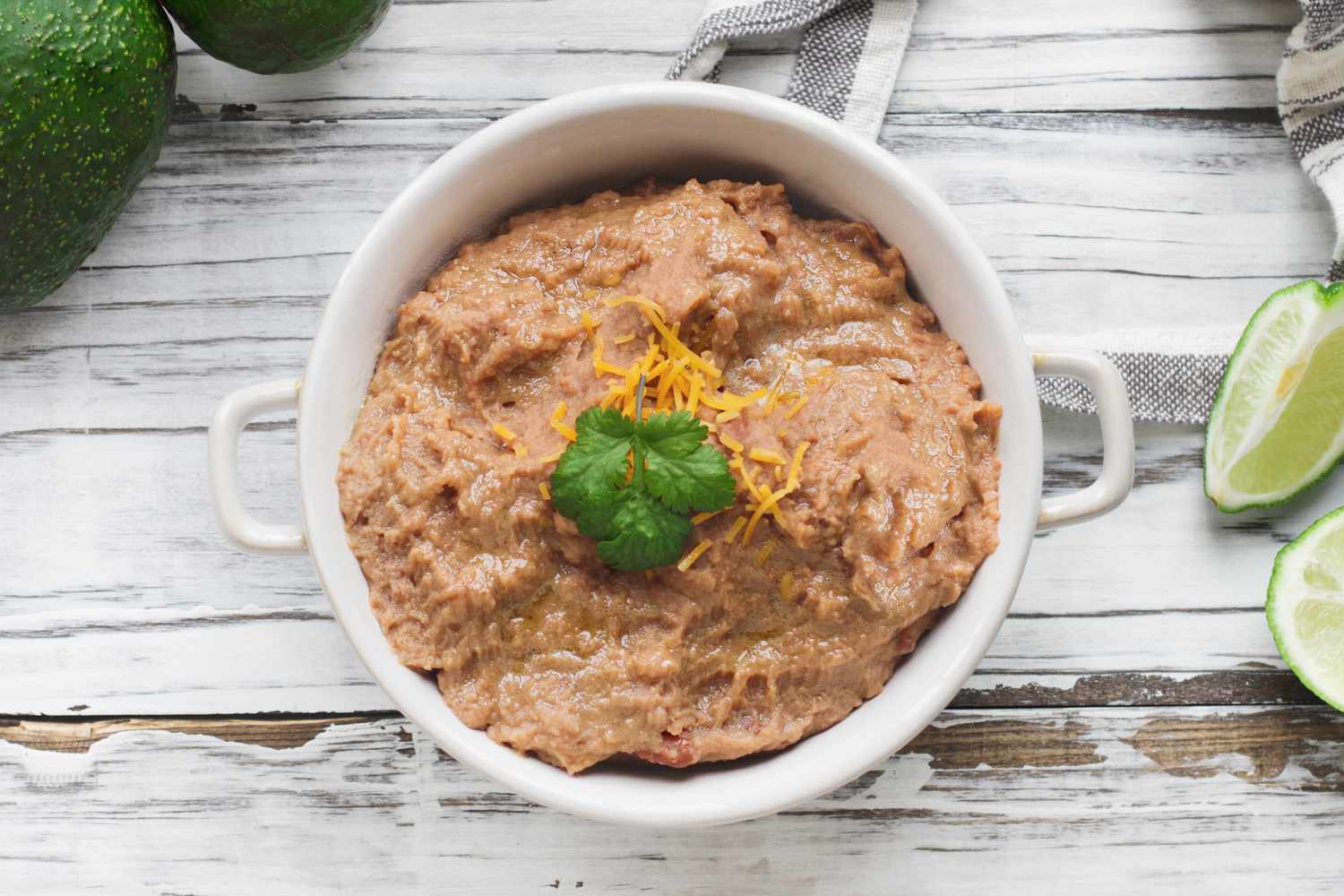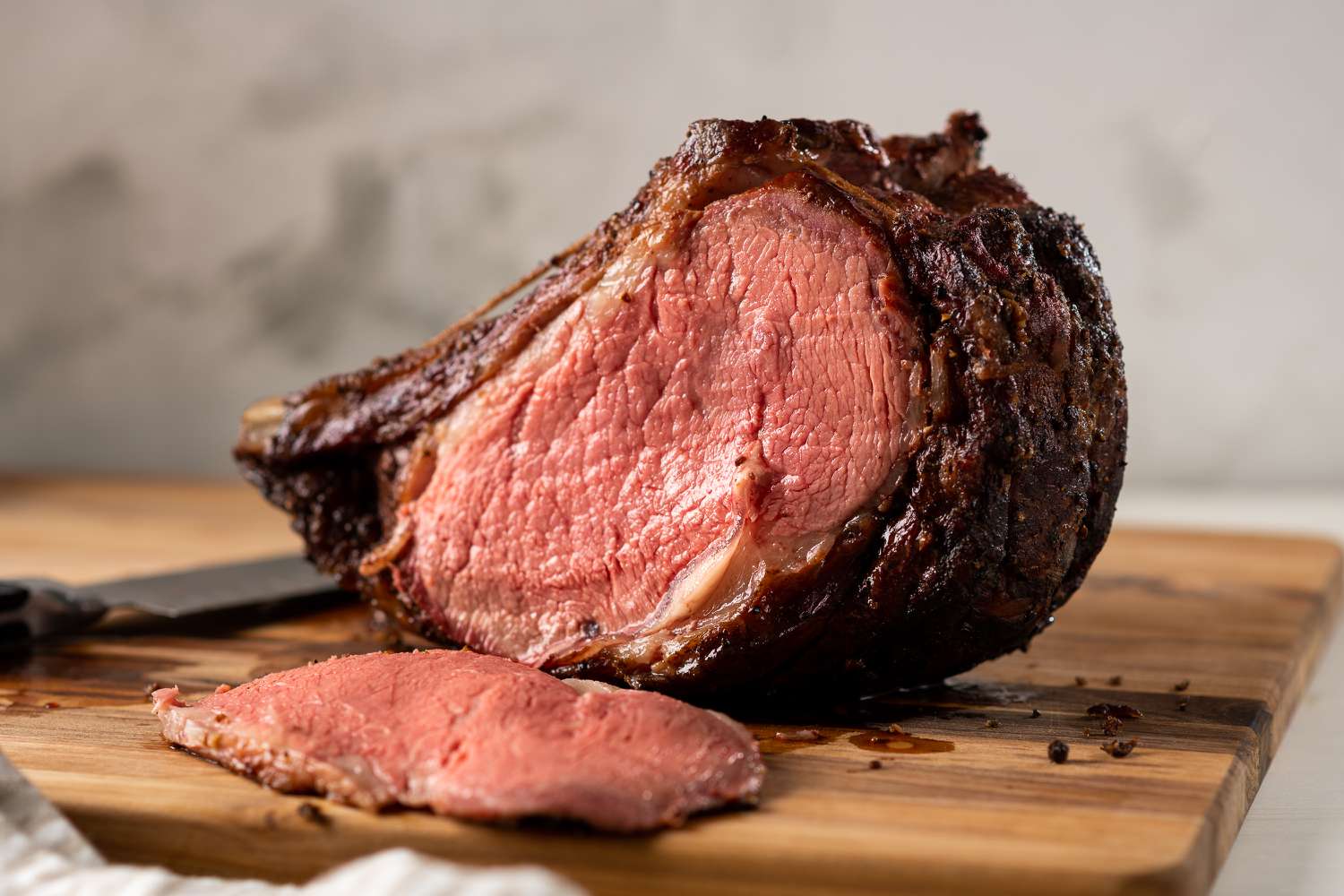Master the Art of Cooking Salmon with Skin in a Pan
Salmon is a versatile and nutritious fish that can be cooked in various ways. Cooking salmon with the skin on in a pan is a popular method that results in a crispy exterior and a moist, flavorful interior. In this article, we will guide you through the process of preparing and cooking salmon with skin in a pan, so you can enjoy a restaurant-quality meal in the comfort of your own home.
Choose Fresh and High-Quality Salmon
The first step to achieving a delicious dish is to select the right piece of salmon. Look for fresh, sustainably sourced salmon fillets with the skin intact. The skin not only holds the flesh together but also adds a textural contrast when cooked properly.
- Opt for wild-caught salmon for its superior flavor and nutritional value.
- Choose thicker fillets, around 1-1.5 inches in thickness, to ensure even cooking.
- Inspect the fish counter for any signs of discoloration or unpleasant smell, as these are indicators of poor quality.
Prepare the Salmon Fillet
Before cooking, it’s essential to properly prepare the salmon fillet for the pan. Follow these steps:
- Pat the salmon fillet dry using paper towels. Moisture on the skin can prevent it from becoming crispy.
- Season the salmon liberally with salt and pepper or your favorite seasonings. This will enhance the flavor profile.
Heat the Pan and Add Oil
Use a non-stick pan or a well-seasoned cast-iron skillet to prevent the salmon from sticking. Follow these guidelines:
- Heat the pan over medium-high heat until hot, but not smoking.
- Add a small amount of oil with a high smoke point, such as avocado oil or grapeseed oil.
Cook the Salmon with Skin Side Down
Now comes the exciting part—cooking the salmon! Follow these steps for a crispy-skinned masterpiece:
- Gently place the salmon fillet in the pan, skin side down. Press it down with a spatula to ensure even contact with the hot surface.
- Cook the salmon skin side down for about 80% of the total cooking time. This will guarantee a nicely crisped skin while keeping the flesh tender and moist.
- Avoid excessive flipping. Once you’ve achieved a golden-brown and crispy skin, carefully flip the fillet using a spatula to cook the flesh side for a short time.
Test for Doneness and Serve
To ensure that your salmon is cooked to perfection:
- Check doneness by gently pressing on the flesh with a fork. It should flake easily and be opaque in the center.
- Remove the pan from heat and let the salmon rest for a few minutes before serving. This will allow the residual heat to continue cooking the fish slightly while the juices redistribute.
Cooking salmon with the skin on in a pan may seem intimidating at first, but with practice and attention to detail, you’ll soon master this culinary technique. Whether it’s a simple weeknight dinner or a special occasion, your deliciously cooked salmon will impress your family and guests!
Was this page helpful?
Read Next: How To Cook Spaghetti And Ground Beef
